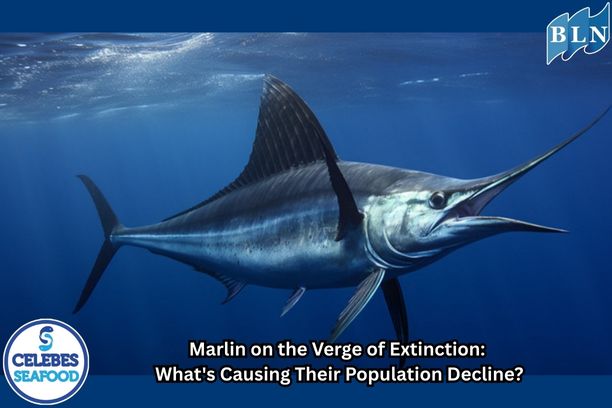Adapting Seafood Exports: Navigating the Waves of Changing Import Regulations in Global Markets
By. Tri - 09 May 2025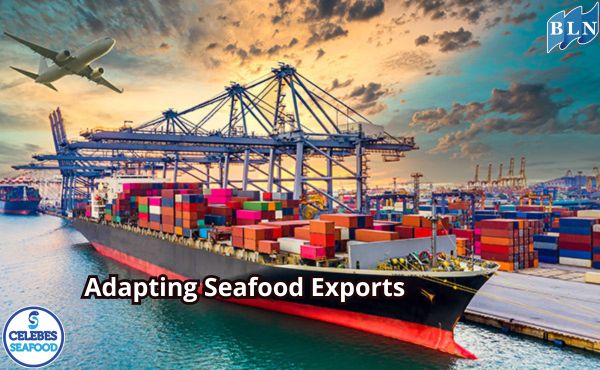
lautnusantara.com_ The fisheries sector is a vital pillar of Indonesia's economy, particularly in maritime regions like Makassar, South Sulawesi. The export of seafood products is a significant source of foreign exchange and supports the livelihoods of millions. However, the ever-changing dynamics of the global market present unique challenges for exporters, especially concerning import regulations in destination countries. The ability of exporters to adapt to these regulatory shifts is paramount in maintaining and expanding their market share.
Changes in import regulations in target export markets can take various forms. Increasingly stringent food safety standards, traceability requirements, environmental sustainability regulations, and alterations in tariffs and import quotas are just a few examples. For seafood exporters, the inability to meet these requirements can have dire consequences: product rejection, financial losses, and even the loss of trust from trading partners.
So, how can seafood exporters effectively adapt to these evolving import regulations? Several crucial adaptation strategies include:
1. In-Depth Understanding of Regulations: The indispensable first step is to possess a comprehensive and up-to-date understanding of import regulations in key destination countries. Exporters need to actively seek information through various channels, such as trade attachés, embassies, industry associations, and online information platforms. Building strong communication networks with importers and regulatory authorities in target countries is also essential.
2. Enhancing Quality and Food Safety: Food safety regulations are generally becoming more stringent in various nations. Exporters need to invest in robust quality control systems, from the harvesting or aquaculture process to processing, packaging, and shipping. Implementing international standards such as HACCP (Hazard Analysis and Critical Control Points) and other quality certifications is crucial to ensure products meet the health and safety requirements of destination markets.
3. Implementing Traceability Systems: An increasing number of countries are imposing traceability requirements to ensure the origin of seafood products, prevent illegal, unreported, and unregulated (IUU) fishing practices, and provide food safety guarantees to consumers. Exporters need to build systems capable of accurately tracking products from their source to the final consumer. Leveraging technologies like barcodes, QR codes, and even blockchain can facilitate the implementation of effective traceability systems.
4. Adopting Sustainable Practices: Awareness of environmental sustainability issues is growing in the global market. Import regulations in some countries are beginning to consider sustainability aspects in fishing or aquaculture practices. Exporters who adopt responsible fishing practices, such as using environmentally friendly fishing gear, sustainable resource management, and sustainability certifications (e.g., MSC for wild-caught fisheries and ASC for aquaculture), will have a competitive edge and find it easier to penetrate markets with strict regulations.
5. Diversifying Export Markets: Over-reliance on one or two primary export markets can be a significant risk when substantial regulatory changes occur in those markets. Diversifying export markets to countries with different regulations can be an effective risk mitigation strategy. Exporters need to actively seek opportunities in new and potential markets.
6. Collaboration and Partnerships: Collaborating with other exporters through industry associations or forming strategic partnerships can strengthen bargaining power and facilitate the sharing of information regarding regulatory changes. Collaboration can also enable exporters to collectively address challenges and capitalize on emerging opportunities.
7. Product and Process Innovation: Developing seafood products with higher added value and implementing innovations in production and processing can help exporters meet more complex regulatory requirements and enhance competitiveness in the global market.
Adapting to changing import regulations is not an easy task and requires significant investment of time, resources, and strong commitment. However, for Indonesian seafood exporters, the ability to navigate these evolving waves is key to maintaining their existence, enhancing competitiveness, and continuing to contribute to the nation's economic growth. With a deep understanding, the implementation of best practices, and solid collaboration, Indonesia's fisheries sector can continue to thrive in the dynamic global export market.
If you are interested in our product CALAMARI WHOLE ROUND, CUTTLEFISH WHOLE ROUND please do not hesitate to contact us through email and/or whatsapp.
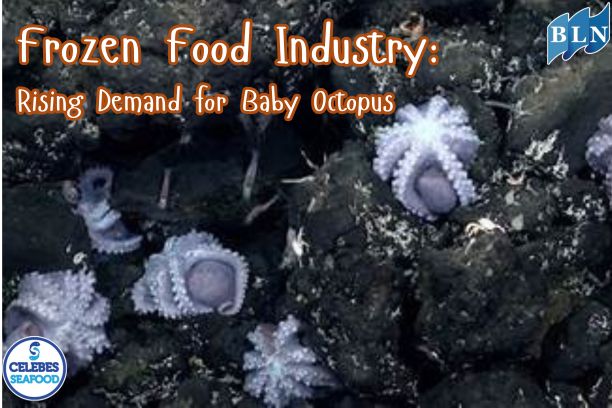
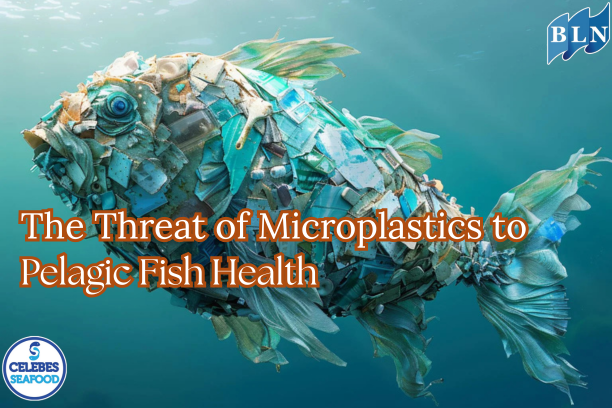

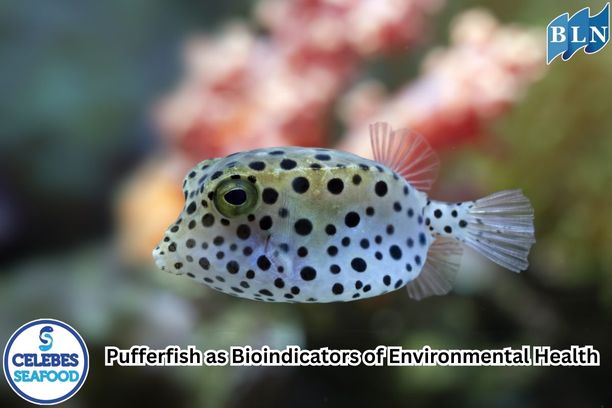

 Biology, Behavior, and Utilization.jpg)


